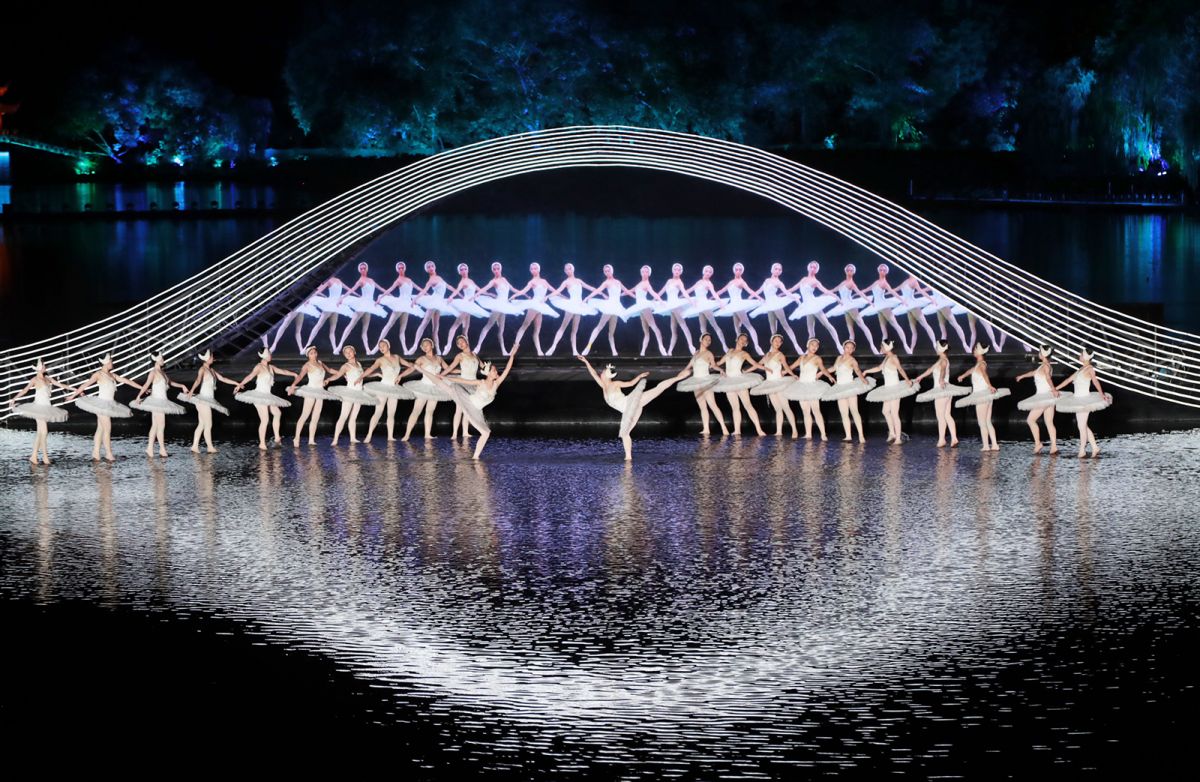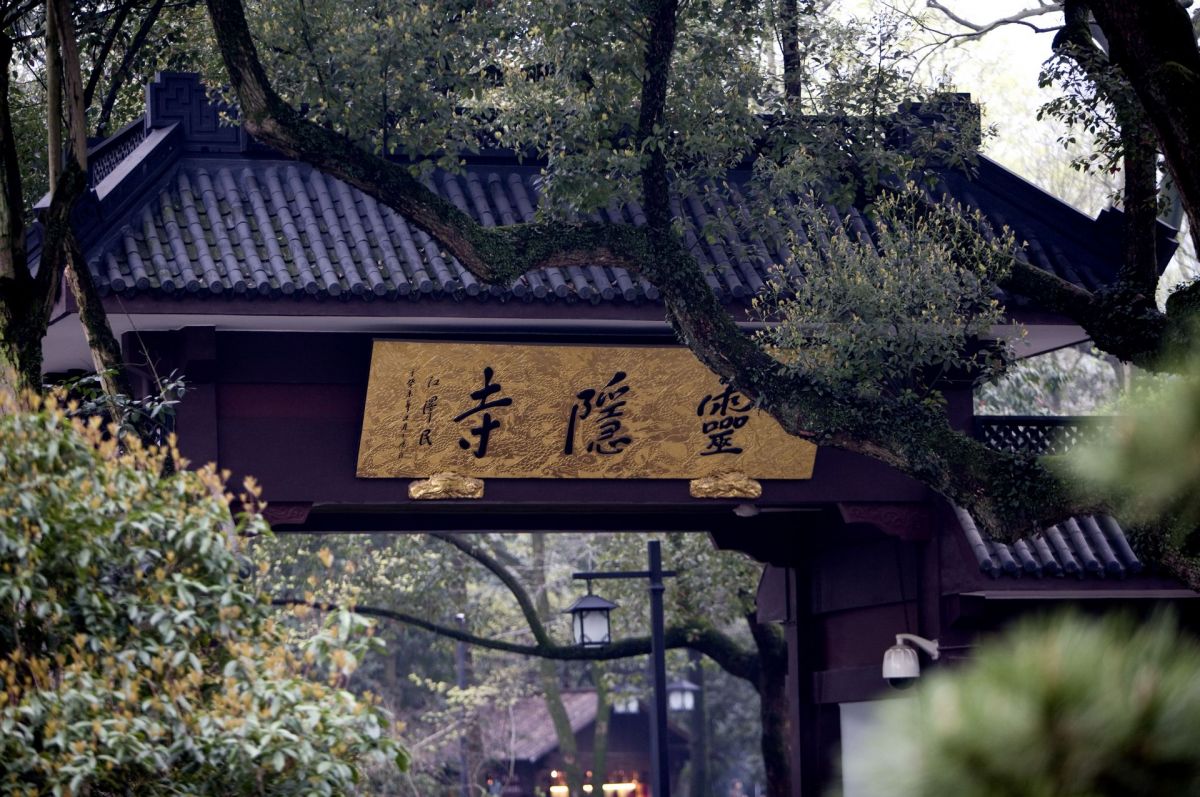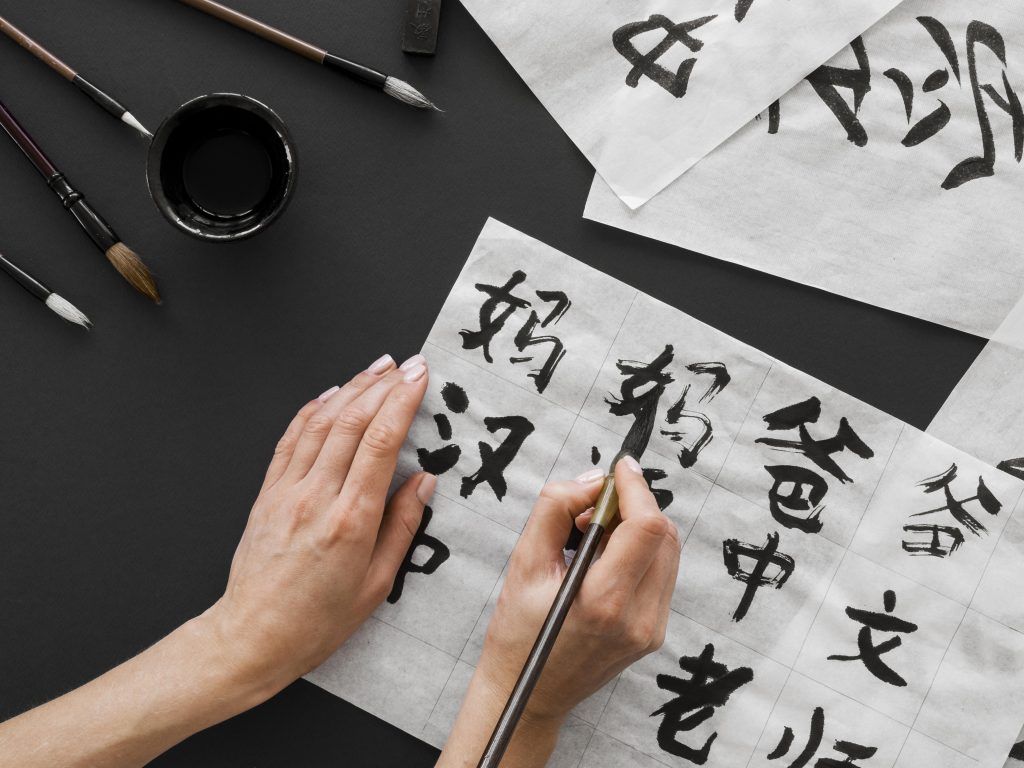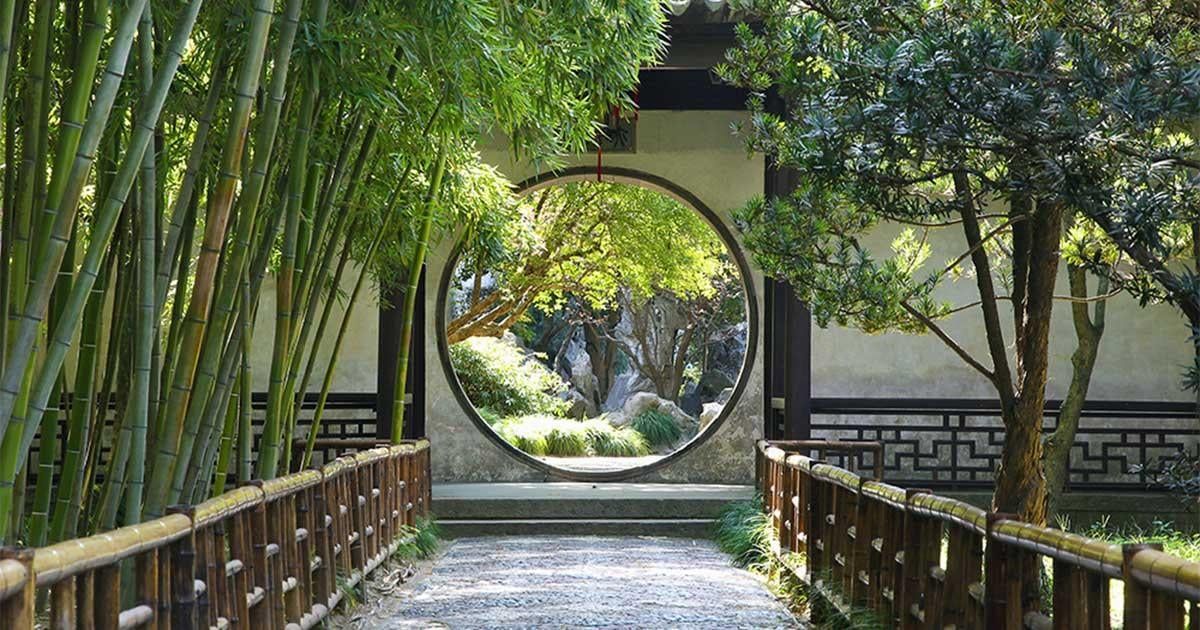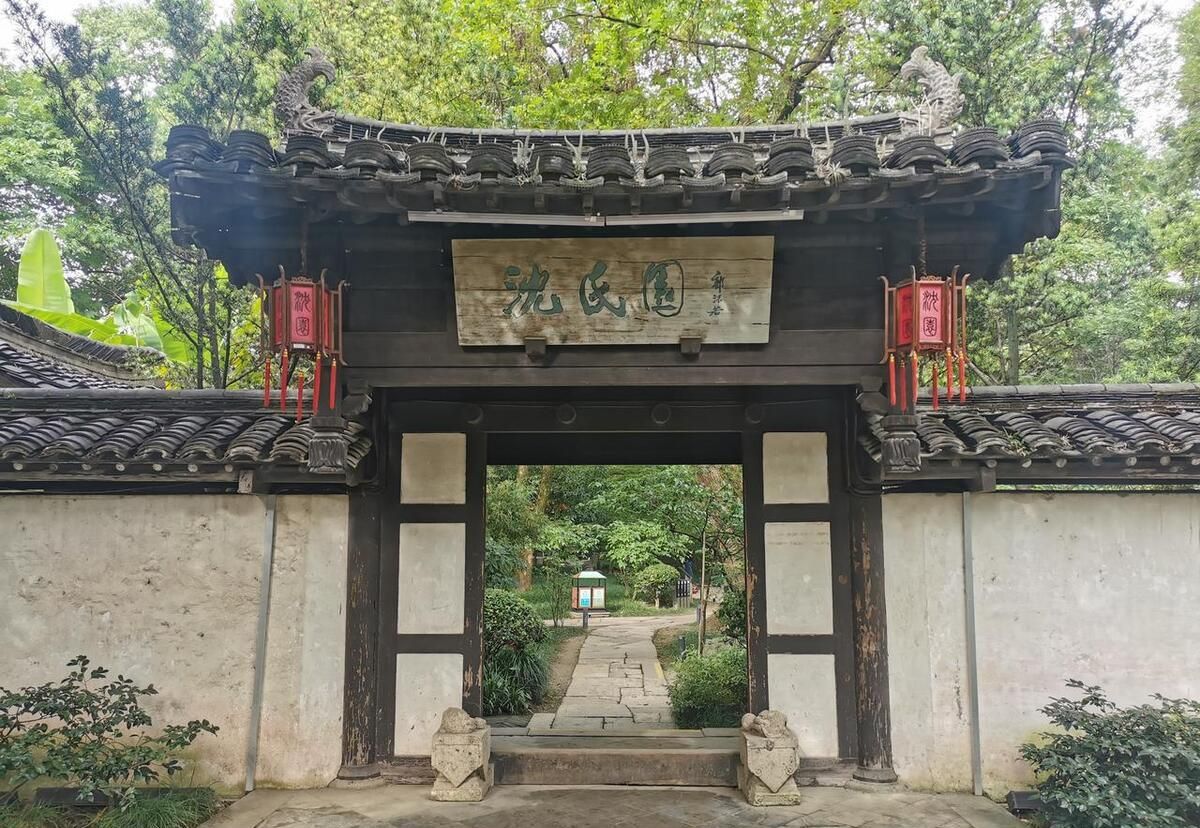In a Quanzhou Teahouse, Hearing the Music of a Lost Dynasty
In a quiet, unassuming teahouse in the ancient port city of Quanzhou, you can hear music that has drifted through a thousand years of time. This is Nanyin, a "living fossil" of Chinese classical music, an art form so ancient its melodies are said to have originated in the imperial courts of the Tang Dynasty. To listen to it is to be transported to another era.
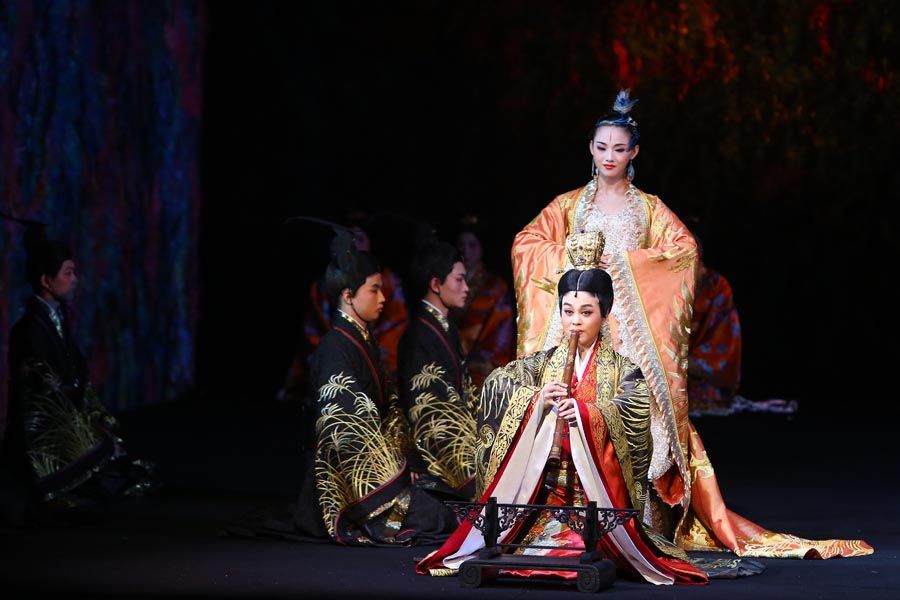
Don't expect a flashy concert. The beauty of Nanyin is in its intimacy and subtlety. A small group of musicians, often elderly, will sit around a table with their ancient instruments: a curved pipa lute held horizontally in an archaic style, a long, vertical dongxiao flute, and simple clappers to keep time. The lead singer will begin, their voice weaving a tale of love or loss in a slow, elegant, and melancholic melody. It is a profoundly peaceful and historic sound, a fragile echo of a forgotten time.
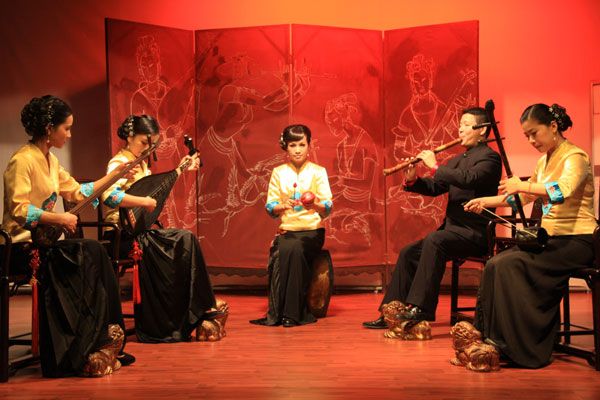
Insider Tip:
The Quanzhou Nanyin Music Palace offers regular, authentic performances that are open to the public. It's a non-touristy experience. Sit, sip the local oolong tea, and just let the ancient, haunting music wash over you. It's a form of cultural time travel.







